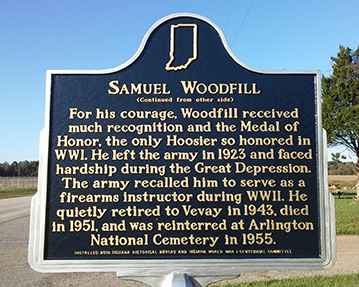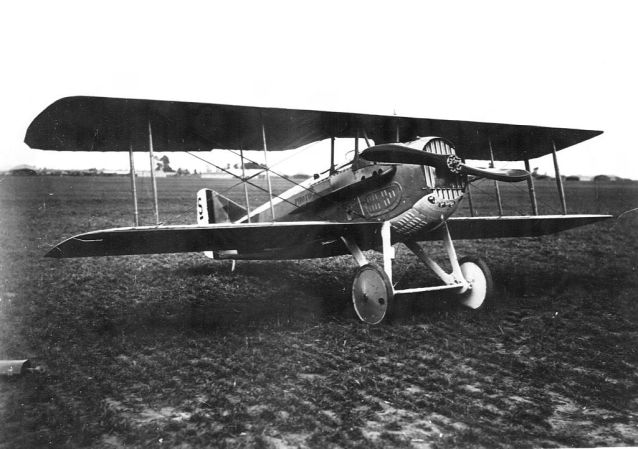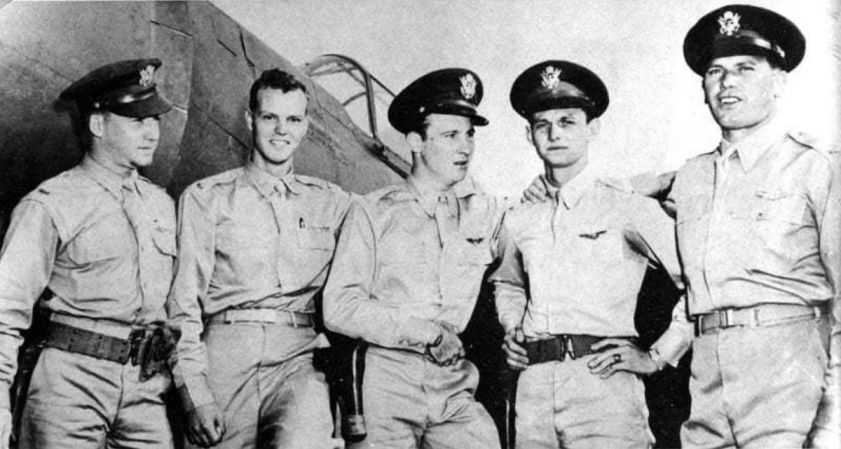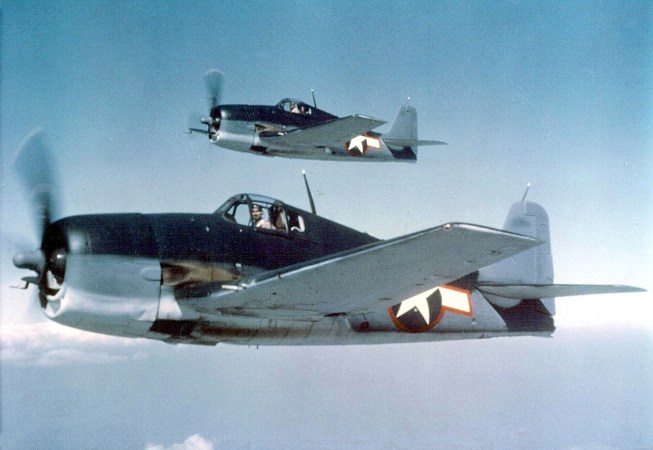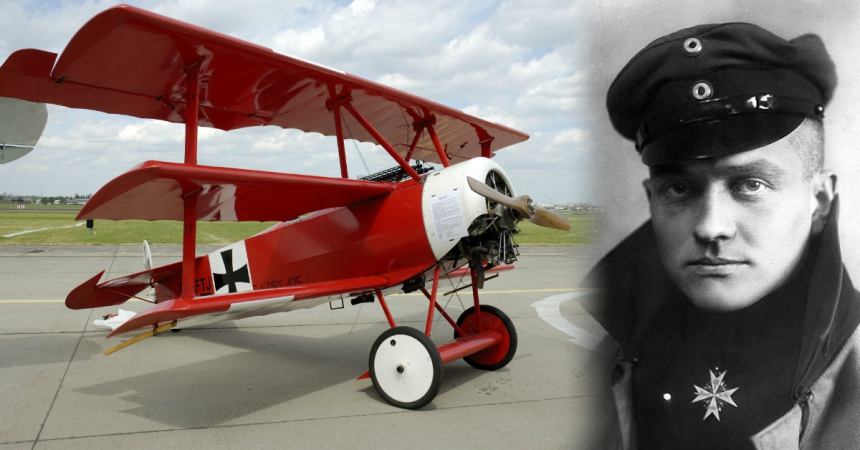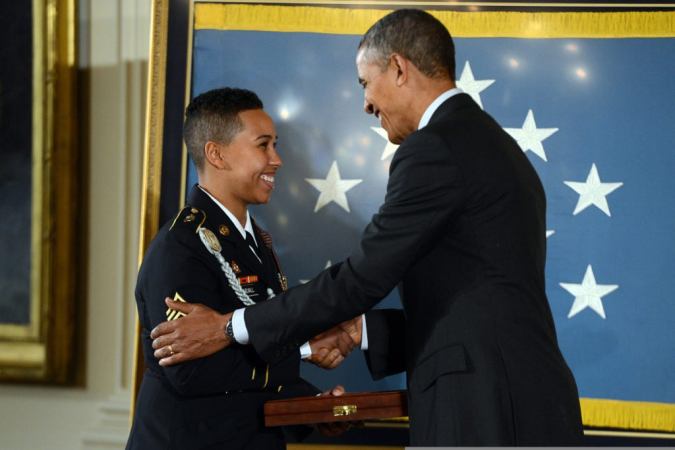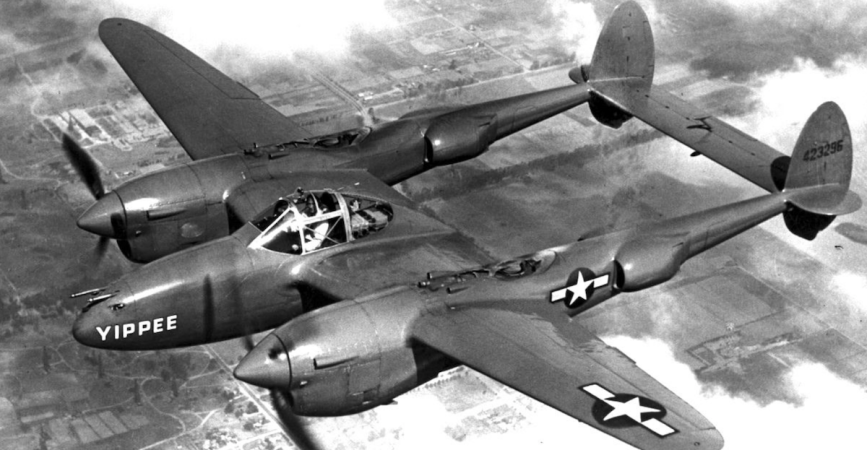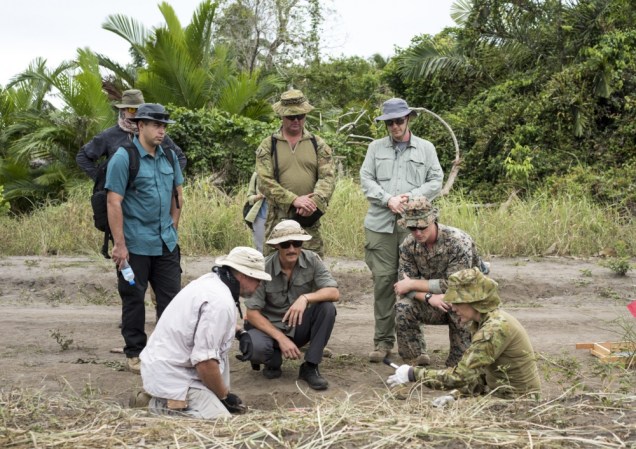Army 2nd Lt. Frank Luke, Jr., arguably America’s greatest fighter pilot of World War I, was finally downed after taking out 14 German observation balloons and four combat planes. But he took as many Germans with him as he could, strafing ground troops as he crashed and unloading his pistol into the infantry trying to capture him.
Luke enlisted in the Army on Sept. 25, 1917, for service in the aviation field. He took his first solo flight that December, received his commission the following January, and was in France by March.

After additional instruction there, Luke was ready to go on combat patrols. In an April 20, 1918, letter home, Luke described a severely injured pilot who later died and the constantly growing rows of graves for pilots. In between those two observations, he talked about what fun it is to fly.
Luke claimed his first kill in August, but the reported action took place after Luke became separated from the rest of the flight and few believed that the mouthy rookie had actually bagged a German.

But the intrepid pilot would get his first confirmed victory less than a month later. He had heard other pilots talking about how challenging it was to bring down the enemy observation balloons that allowed for better artillery targeting and intelligence collection.
Flying on Sept. 12, 1918, Luke found one of the heavily defended balloons while chasing three German aircraft. He conducted attack passes on the balloon and it exploded into flames on Luke’s third pass, just as the balloon was about to reach the ground.
The flaming gas and bladder fell upon the ground crew and the winch mechanism that held the balloons, killing the men and destroying the site. Two more American officers at a nearby airfield confirmed Luke’s balloon bust.
Two days later, the Arizona native brought down a second balloon in a morning patrol, but he still wasn’t liked by other members of his unit. The same afternoon, he was designated to take the risky run against another balloon as the rest of the formation fought enemy fighters. One, a friend of Luke’s named 1st Lt. Joseph Wehner, would cover Luke on his run.
Luke once again downed the enemy balloon and was headed for a second balloon when eight enemy planes chased him. His guns were malfunctioning so he ran back to friendly lines rather than risking further confrontation.
Wehner and Luke became a team and specialized in the dangerous mission of balloon busting. Over the following weeks, they pioneered techniques for bringing down the “sausages.” The pair grew so bold that they scheduled exhibitions for well-known pilots like then-Col. William Mitchell, inviting the VIPs to witness German balloons going down at exact times along the front.

But the men’s partnership was short-lived. Wehner had first covered Luke on Sept. 14, and over the next few days they each achieved “Ace” status and Wehner took part in two actions for which he would later receive two Distinguished Service Crosses.
On Sept. 18, the two men scored one of their most productive days including the balloon downing that made Wehner an ace, but Wehner was shot down during the attack on the second balloon. Luke responded by charging into the enemy formation, killing two, and then heading for home and killing an observation plane en route.
Luke was distraught at the loss of his partner and took greater risks in the air. His superior officers attempted to ground him, but Luke stole a plane and went back up anyway.
At that point, he was America’s highest-scoring ace with 11 confirmed victories, ahead of even Capt. Eddie Rickenbacker’s record at the time.
On his final flight on Sept. 29, he dropped a note from his plane that told the reader to “Watch three Hun balloons on the Meuse. Luke.”

The pilot flew across the battlefield, downing all three but attracting a patrol of eight German fighters. Sources differ on exactly what happened next, but the most important details are not in dispute.
Luke’s plane was damaged and he himself was hit, likely from machine gun fire from the ground. As he lost altitude, he conducted a strike against German troops, most likely with his machine guns, though locals who witnessed the fight reported that he may have used bombs dropped by hand.
After landing his plane in German-controlled territory, Luke made his way to a stream and was cornered by a German infantry patrol that demanded his surrender. Instead, Luke pulled a pistol and fired, killing an unknown number of Germans before he was shot in the chest and killed.
All of Luke’s confirmed victories had taken place in September 1918. He was posthumously awarded the Distinguished Service Cross for Sept. 12-15, a second for his actions on Sept. 18, and the Medal of Honor for his final flight on Sept. 29.








